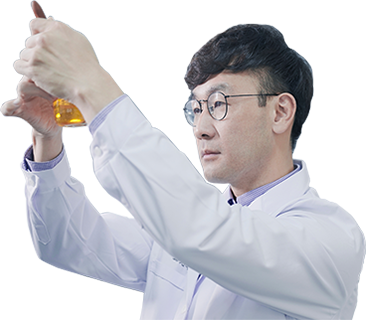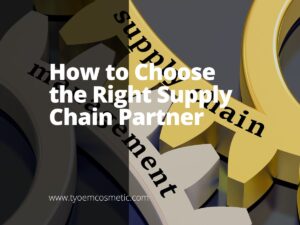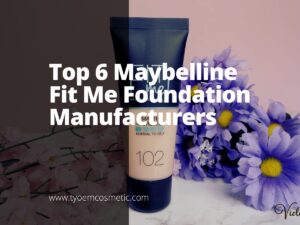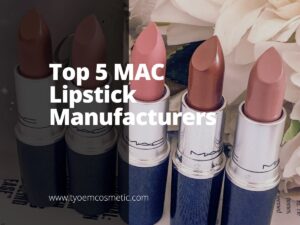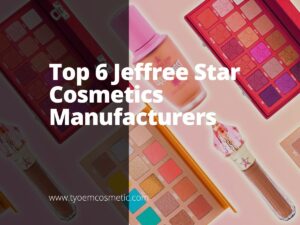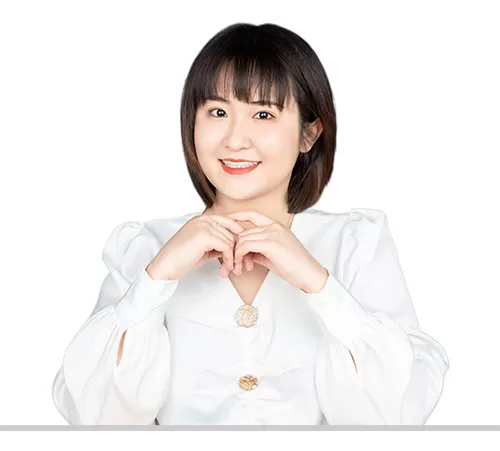FDA compliance can be the difference between your sunscreen brand’s success and an expensive recall.
And I’ve seen far too many sunscreen businesses trip over FDA rules that could have been avoided.
It’s something I take personally, because getting sunscreen right isn’t just about protection, it’s about your brand’s reputation.
That’s why I’m here: to cut through the noise and share what I’ve learned so your sunscreen business doesn’t get caught in the crosshairs.
My insights come from years of working alongside brands just like yours, navigating these tricky waters.
In this article, you’ll see a clear path forward: what the FDA expects, how to stay compliant, and how to avoid costly mistakes. I’ve made sure every piece of this review answers the questions businesses like yours are asking.
Let’s dive in!
1. What is the FDA Regulatory Framework for Sunscreen?
FDA doesn’t just see sunscreen as a cosmetic product. Instead, it treats sunscreen like an over-the-counter (OTC) drug. That small difference changes everything about how your business needs to develop, test, and label its products.
Here’s what you need to know about how the FDA framework applies to sunscreen:
- Monograph Compliance: Your sunscreen needs to follow the FDA’s monograph, which basically sets out the rules for safe and effective ingredients.
- Labeling Requirements: You’ve got to be crystal clear about directions, SPF claims, and any warnings or limitations.
- Broad-Spectrum Testing: If you want to make broad-spectrum claims, you’ve got to prove your product protects against both UVA and UVB rays.
- Active Ingredient Rules: Only specific active ingredients are allowed, and the FDA keeps a close eye on what’s on that list.
2. SPF, Usage, and Warning Labels
I remember working with a client who was completely stumped by what SPF really means and how to present it to customers. Trust me, you’re not alone. SPF claims can feel like a maze if you’re new to the game.
SPF Testing and Claims
You can’t just guess at your SPF number. The FDA requires that you prove it through standardized testing in controlled lab environments. This testing measures how long it takes for protected skin to burn compared to unprotected skin.
It’s a thorough process designed to ensure that your SPF claim isn’t just wishful thinking.
The FDA also places limits on how high your SPF number can go and how you communicate it.
For example, sunscreens with an SPF of 15 or higher can claim to help reduce the risk of skin cancer and early skin aging, but only if they also pass the broad-spectrum test. These kinds of nuances can make or break your sunscreen label.
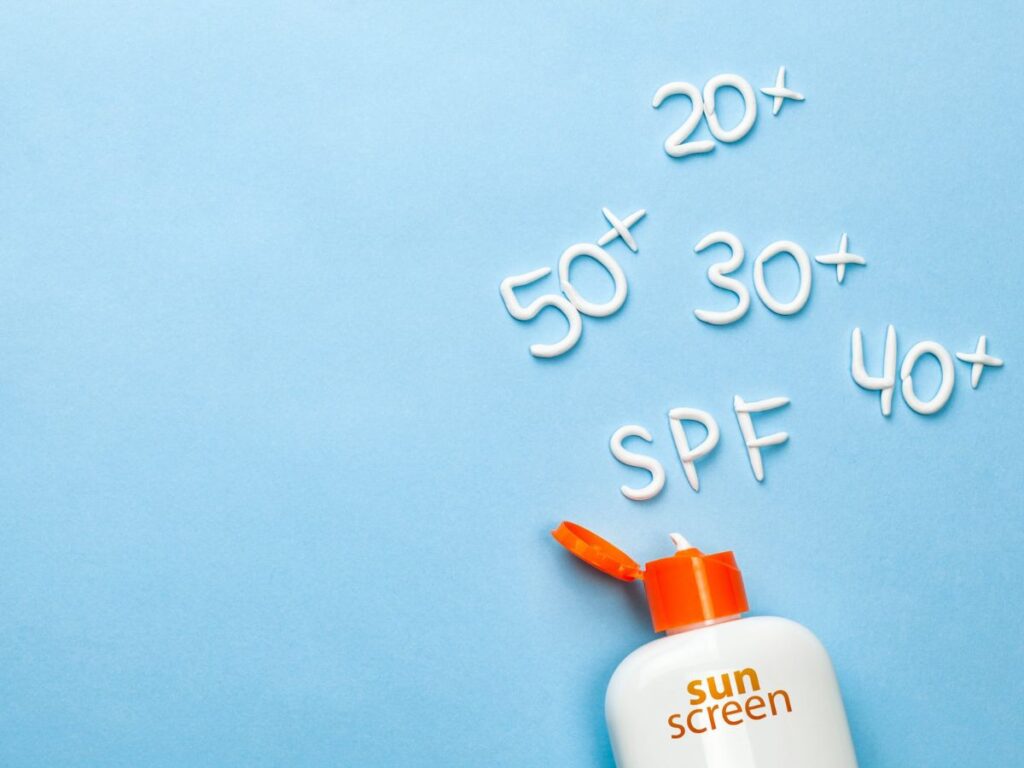
Usage Directions
The FDA requires specific language to explain how to apply the product, how much to use, and how often to reapply. Directions should emphasize the need to use enough sunscreen to get full protection, which usually means a generous application.
Here’s what your usage directions should include:
- Application Instructions: Clearly explain how much product to use and how to apply it evenly.
- Reapplication Frequency: Let customers know how often to reapply for continued protection, especially after swimming, sweating, or towel-drying.
- Water-Resistance Info: If your sunscreen is water-resistant, state how long that protection lasts, either 40 or 80 minutes.
- General Reminders: Remind customers to use sunscreen even on cloudy days and when indoors near windows.
Clear directions are more than a box to check off. They’re a way to build trust and keep your customers safe.
Warning Labels
The FDA also requires that sunscreen products include certain warnings. These typically cover potential skin irritation, eye contact, and the need to stop using the product if irritation occurs.
I’ve seen brands get into trouble for skipping these warnings or burying them in fine print.
Don’t make that mistake. Clear, prominent warning labels are essential for compliance and for customer trust.
TY Cosmetic ensures all required warnings are accurately and visibly included on every product label, helping you stay compliant and consumer-friendly right from the start.
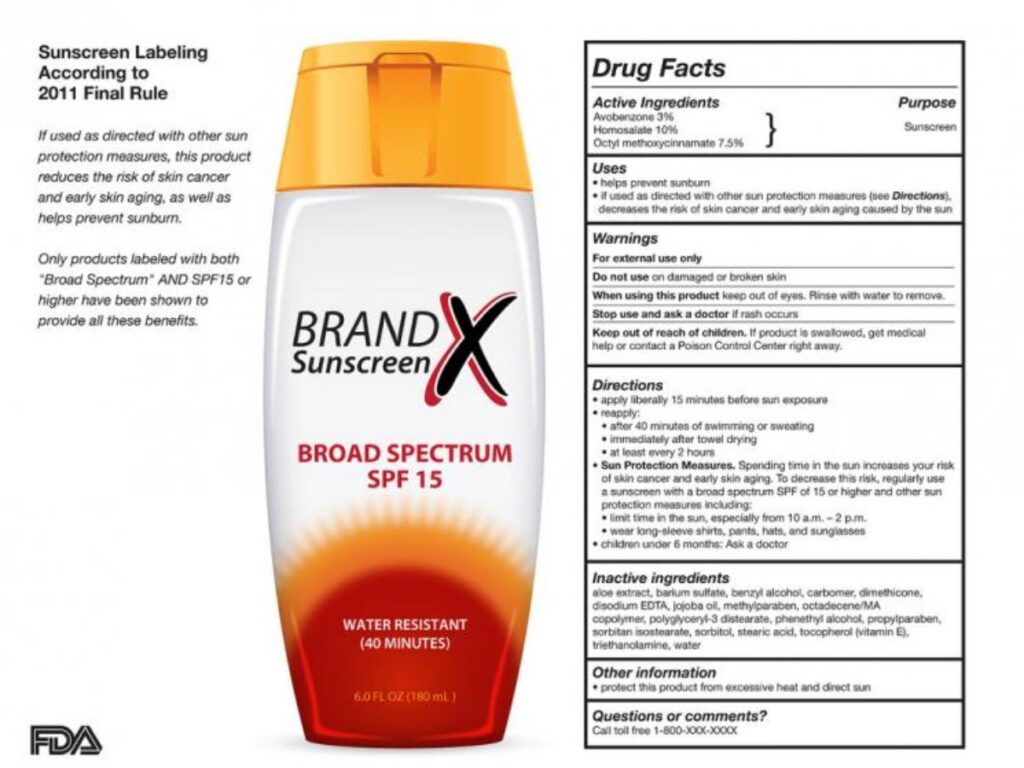
Broad-Spectrum Labeling
If you want to market your sunscreen as “broad spectrum,” the FDA has another set of rules. You need to demonstrate through lab testing that your product protects against both UVA and UVB rays.
This isn’t just a marketing bonus. It’s a core part of making sure your product lives up to what it promises.
Here’s a 4-column table to help clarify what you need to do for broad-spectrum claims:
| FDA Broad-Spectrum Rule | What It Means | Impact on Your Claims | Why It Matters |
| Must pass specific lab testing | Show that your sunscreen provides balanced UVA and UVB protection | You can legally say your product offers broad-spectrum protection | Protects customers and builds trust |
| Only SPF 15+ can reduce cancer/aging risk claims | SPF 15 or higher with broad-spectrum testing can make specific health claims | You can market your product as reducing skin cancer risk | Keeps your claims credible and compliant |
| Clear labeling of broad-spectrum status | “Broad spectrum” must be stated clearly and prominently on the label | Customers can see at a glance that they’re getting full protection | Builds consumer confidence and sets your brand apart |
| No broad-spectrum claims without testing | If you skip the testing, you cannot claim UVA protection | You’re limited to UVB protection claims only | Avoids legal issues and ensures honest marketing |
I always tell clients that this is one of those areas where it’s worth the investment to do it right.
Your broad-spectrum testing and labeling are your proof that your sunscreen does what it promises, and that’s what earns loyalty from customers.
3. Approved, Questioned, and Prohibited Sunscreen Ingredients
When I first started advising sunscreen businesses, I was amazed at how much these ingredient lists change over time. It’s a lot to keep track of, but understanding what’s allowed, and what’s not, can make all the difference for your product’s success and your brand’s credibility.
Approved Sunscreen Ingredients
These are the ingredients the FDA has deemed safe and effective (often called GRASE). They’re the go-to building blocks for reliable, protective sunscreens.
- Zinc Oxide: A physical blocker that protects against both UVA and UVB rays, known for being gentle on sensitive skin.
- Titanium Dioxide: Another mineral-based ingredient offering broad-spectrum protection, lightweight and non-irritating.
- Avobenzone: Effective UVA absorber, typically stabilized by other ingredients to ensure long-lasting protection.
- Homosalate: Absorbs UVB rays and helps maintain SPF stability in formulas.
- Octocrylene: A UVB absorber that also helps stabilize other sunscreen ingredients like Avobenzone.
- Octisalate: Boosts UVB protection and helps improve water resistance in formulations.
- Ensulizole (Phenylbenzimidazole Sulfonic Acid): Primarily absorbs UVB rays, offering light, non-greasy protection.
- Sulisobenzone (Benzophenone-4): Provides some UVA and UVB protection, although less common in newer formulas.
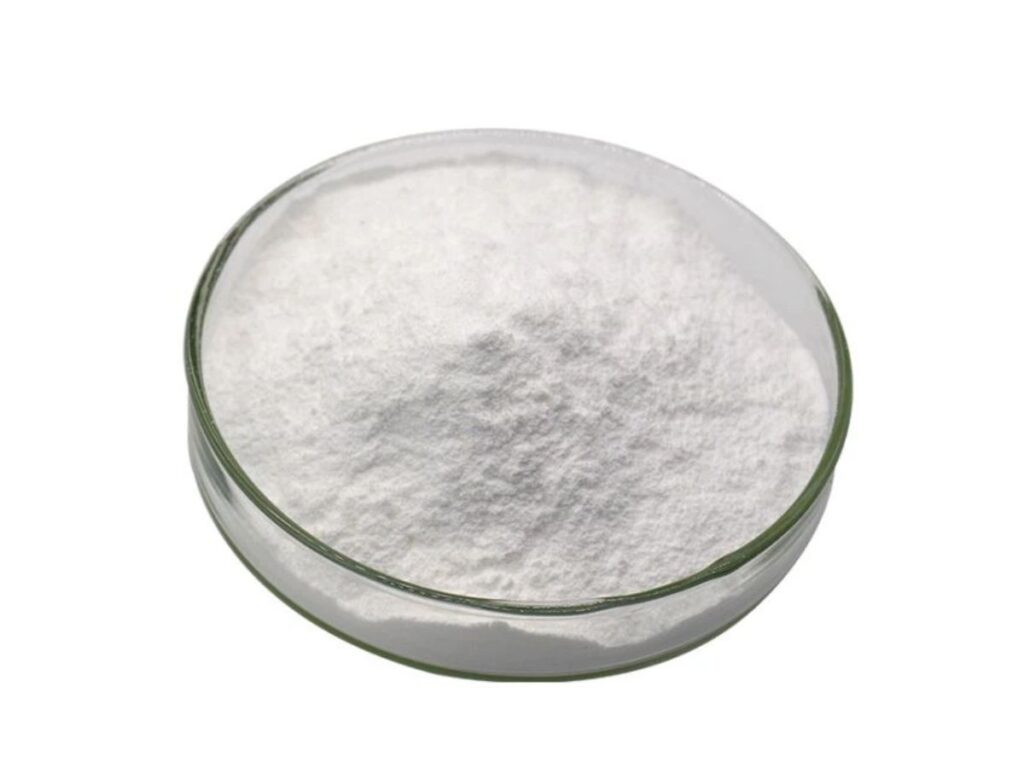
Questioned Sunscreen Ingredients
These ingredients are currently under review or facing increased scrutiny. They’re not banned yet, but it’s wise to be cautious.
I always tell my clients to keep an eye on these.
- Oxybenzone: Raises concerns about coral reef damage and potential hormone-disrupting effects.
- Octinoxate: Another UVB absorber linked to reef safety issues and hormonal concerns.
- PABA (Para-aminobenzoic Acid): Previously common in older sunscreens, now phased out in most places due to skin irritation concerns.
- Padimate O: Similar to PABA, with questions around its long-term safety profile.
- Cinoxate: Once used for UVB protection, it’s not commonly found in new formulas and faces regulatory review.
- Dioxybenzone: A lesser-known benzophenone derivative with some potential for skin irritation.
- Meradimate (Menthyl Anthranilate): Used for UVA protection but less common today and under review for effectiveness and safety.
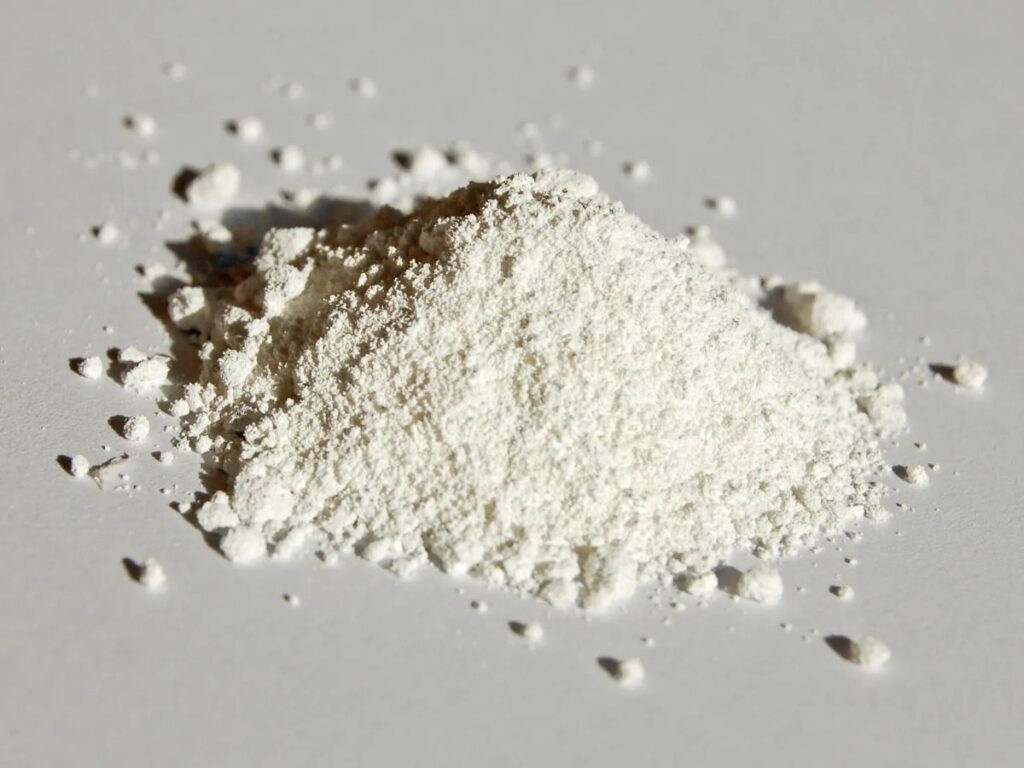
Prohibited Sunscreen Ingredients
These are the ingredients the FDA has explicitly banned from sunscreen formulas. Using these can put your business at risk of legal trouble and lose trust.
- PABA (Para-aminobenzoic Acid): Officially banned due to skin irritation risks and potential allergic reactions.
- Trolamine Salicylate: Once used for UV protection,it is now prohibited because of safety concerns and ineffectiveness.
- Any UV filter not listed as GRASE: If an ingredient hasn’t been thoroughly tested and listed as safe by the FDA, it’s automatically prohibited.
- Certain older organic filters: Older chemical sunscreens not meeting modern safety standards have been phased out of the market entirely.
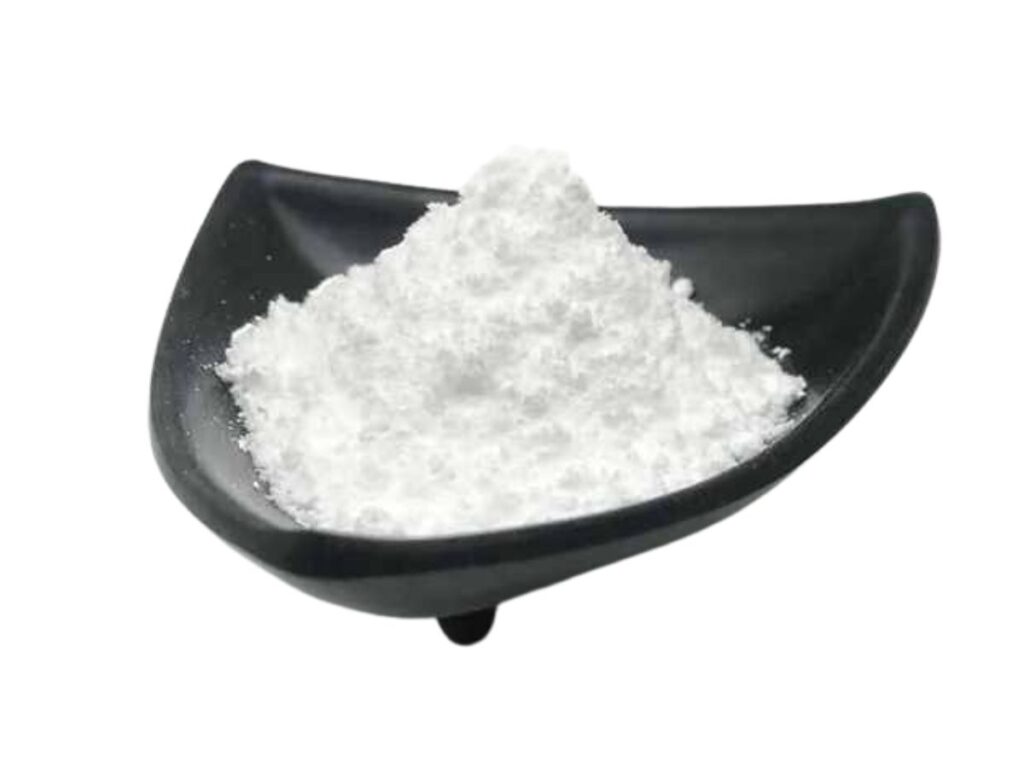
4. Manufacturing and Testing
When I first started working with sunscreen brands, I quickly realized that making sunscreen isn’t just about mixing up ingredients.
It’s about creating a product that’s safe, effective, and meets the highest standards — every single time.
Good Manufacturing Practices (GMPs)
Following GMPs is the first step in building a sunscreen that works. These are the standards the FDA requires for all OTC drug products, including sunscreens. GMPs cover everything from how your factory is set up to how you train your staff and document your processes.
I always tell clients to treat GMPs like their brand’s backbone. Without them, your product is at risk of contamination, instability, and, worst of all, a damaged reputation.
Testing for SPF and Broad-Spectrum Claims
The next piece of the puzzle is testing. You can’t just guess at how protective your sunscreen is, you need to prove it.mBroad-spectrum testing goes a step further, making sure your sunscreen protects against both UVA and UVB rays.
I’ve seen brands skip this testing or cut corners, and it never ends well. Testing isn’t just a box to check off, it’s your proof that your product lives up to its promises.
That’s why TY Cosmetic conducts thorough SPF and broad-spectrum testing to ensure each formula performs exactly as it should.
Stability and Compatibility Testing
Another key part of sunscreen manufacturing is stability and compatibility testing. You need to make sure your sunscreen stays effective and safe from the moment it’s made until the day it’s used up.
This includes testing how your sunscreen holds up under heat, light, and different storage conditions. If your formula breaks down or separates over time, that’s a recipe for customer complaints and potential recalls.
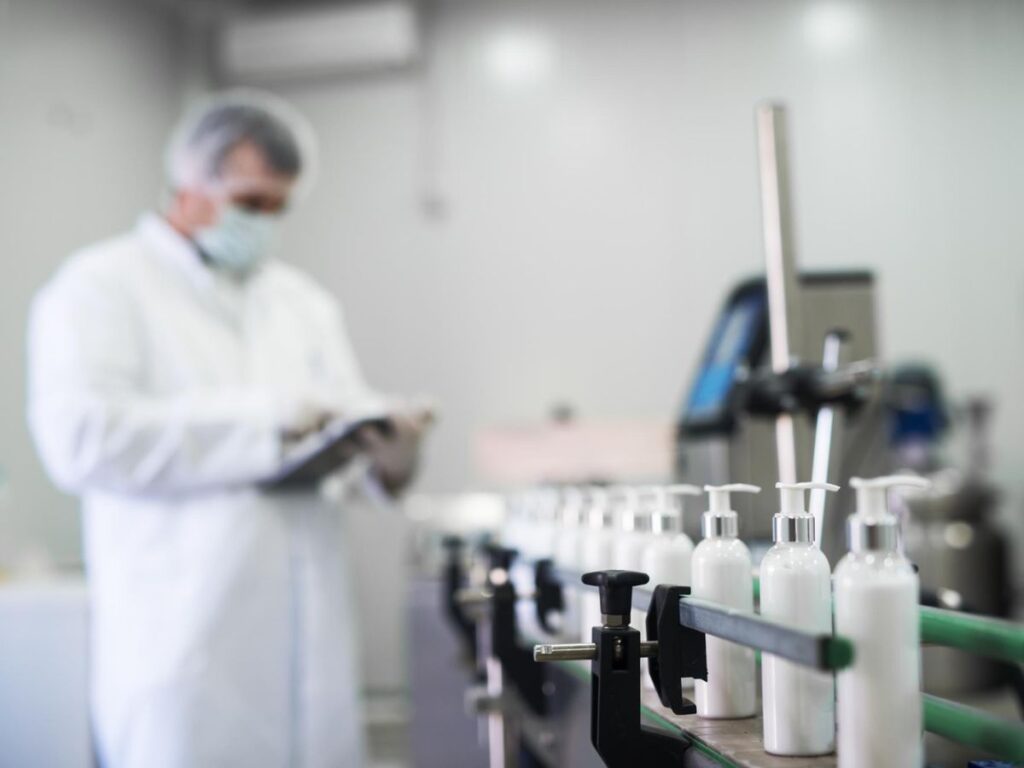
5. Common Customer Questions
When I work with sunscreen brands and private-label clients, there’s a pattern I always see: the same questions come up during early planning and throughout the sales process.
Answering these confidently can make or break your ability to close deals and build trust with your B2B buyers.
Here are 5 of the most common questions I hear from business clients like you:
- What Testing and Certifications Does This Sunscreen Have?
Buyers want to know that your product has been tested for SPF accuracy, broad-spectrum claims, and water resistance. Make sure you have clear documentation and lab results to back up every claim, it’s essential for building credibility and meeting retailer requirements.
- How Can We Ensure Label Compliance for Our Region?
Distributors and retailers often ask about compliance with FDA guidelines and any local regulations in their markets. I always advise my clients to provide draft labeling and ingredient lists for review, along with a clear explanation of how your product aligns with different regional rules.
- Do You Offer Customization or Private-Label Options?
Many buyers are looking for flexibility — they want to know if they can customize packaging, formulations, or branding. Be ready to share what levels of customization you offer, minimum order quantities (MOQs), and typical lead times for private-label orders.
- What Is the Shelf Life and Storage Requirement for This Product?
Shelf stability is key for large orders and long shipping times. Buyers want to know how long the sunscreen remains effective and what storage conditions are needed to maintain quality. Offering clear information here can put you ahead of less-prepared competitors.
- What Support Do You Provide for Marketing and Education?
Many business clients will ask about marketing collateral, product training, and support materials. Having clear, well-designed assets — from product data sheets to usage guides — can boost confidence and make your sunscreen easier to sell at scale.
6. 4 Compliance Tips to Consider for Startups
I’ve worked with a lot of sunscreen startups over the years, and one thing I’ve learned is that compliance can be the difference between a successful launch and a costly setback. It can feel overwhelming at first, but focusing on these four core tips will set you up for success from day one.
#1 Start with the FDA Monograph
Before you even think about branding and packaging, make sure you understand the FDA sunscreen monograph.
This document lists the ingredients, testing requirements, and labeling rules that every sunscreen sold in the U.S. must follow. Reading it might not be the most exciting part of your business plan, but it’s the foundation for everything that comes after.
I always recommend startups bookmark it and come back to it throughout the development process.
#2 Document Everything from Day One
Good documentation isn’t just a nice-to-have, it’s your safety net if questions come up later. Keep detailed records of your formulations, testing data, and production processes, even if you’re starting small.
Buyers and regulators may ask for this information to prove your product’s safety and compliance.
It’s also a lifesaver if you ever need to adjust your product or packaging down the road.
#3 Invest in Real Testing, Not Shortcuts
I can’t count how many times I’ve seen startups try to save money by skipping proper SPF or broad-spectrum testing. It might seem like a quick way to get to market, but it usually ends up causing bigger problems later.
Testing in a certified lab is the only way to make sure your SPF claims are real and your product is actually protecting people.
Your customers and business partners will trust you more if you can show the data.
#4 Plan for Ongoing Updates and Changes
Sunscreen regulations don’t stand still. The FDA updates its guidelines and ingredient safety assessments regularly, and these changes can affect your product’s future.
I always recommend startups build flexibility into their formulations and be ready to pivot if regulations shift.
Staying on top of these updates shows your buyers that you’re serious about safety and compliance.
Dive Deeper Into Our Resources
Interested in discovering more? Gain instant access to our diverse range of products:
Still haven’t found what you’re looking for? Don’t hesitate to contact us. We’re available around the clock to assist you.
Conclusion
You’ve seen how a clear plan for FDA sunscreen rules can save your business from so much trouble.
In this article, I explained what you need to do: how to test, what to include, and where to get help.
Why? Because getting it right builds trust.
And when? Start now, so you can stand out.
Contact TY Cosmetic today. We’re ready to help you build a sunscreen product that stands out and earns trust.

